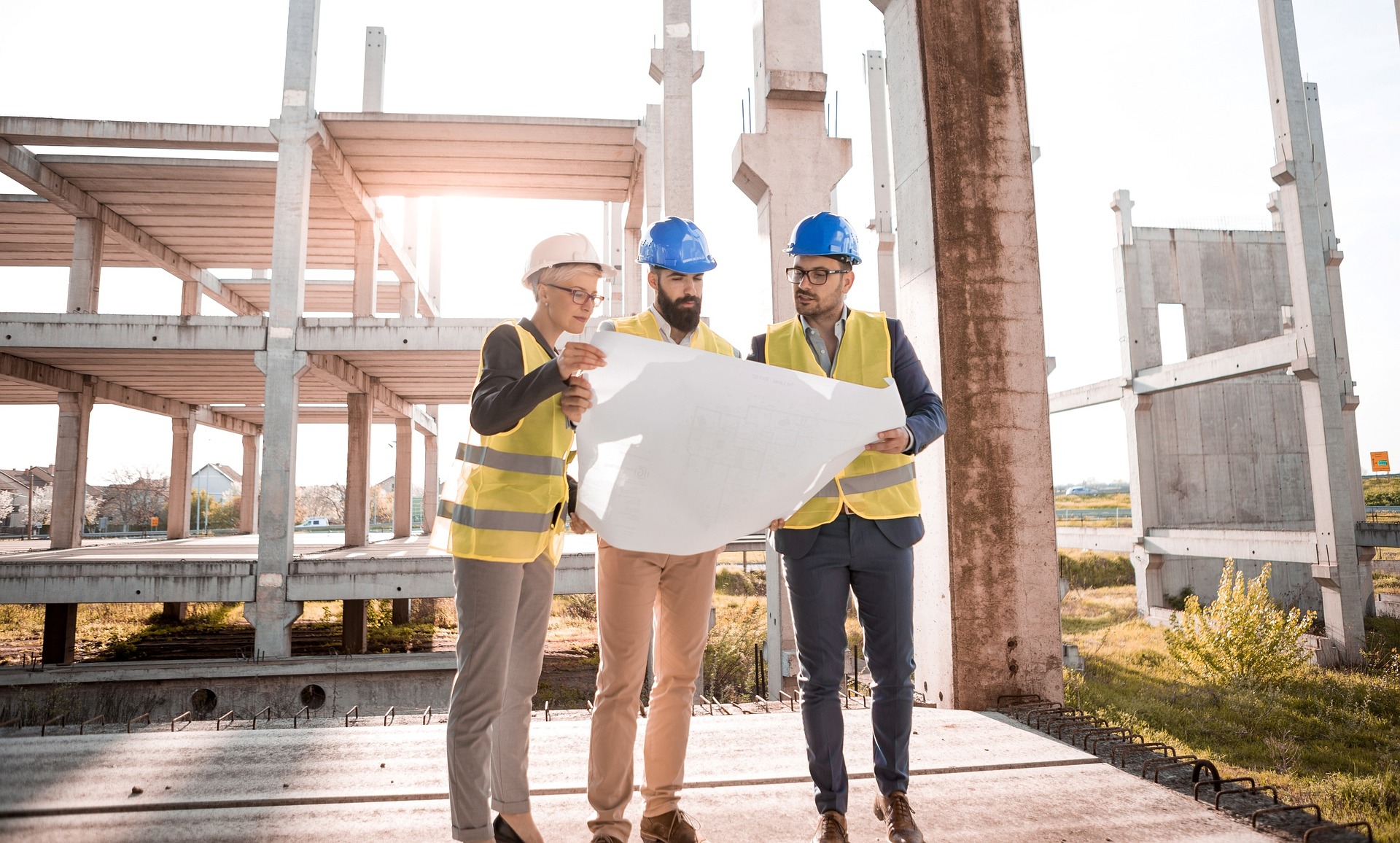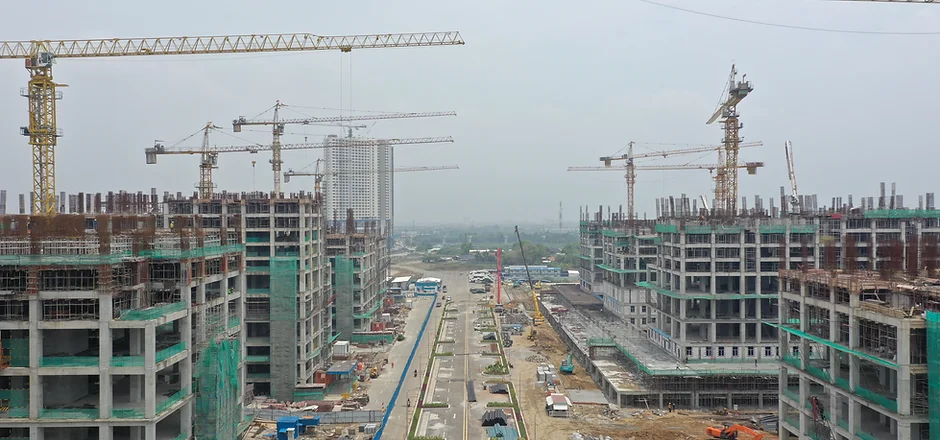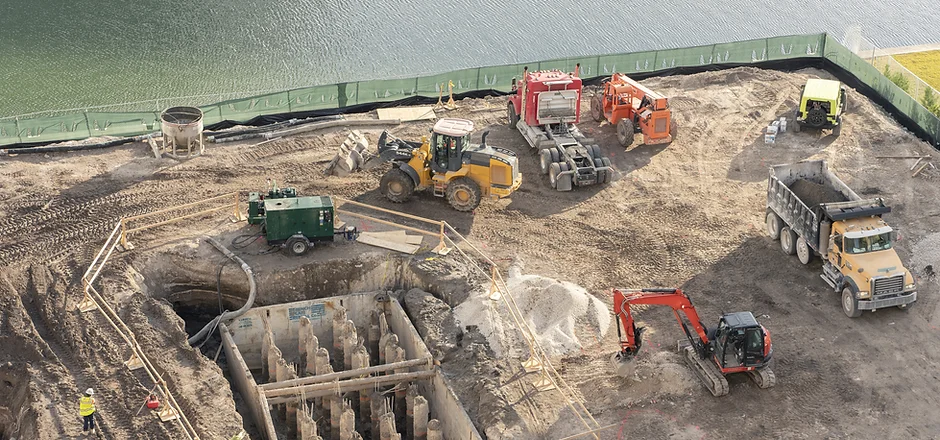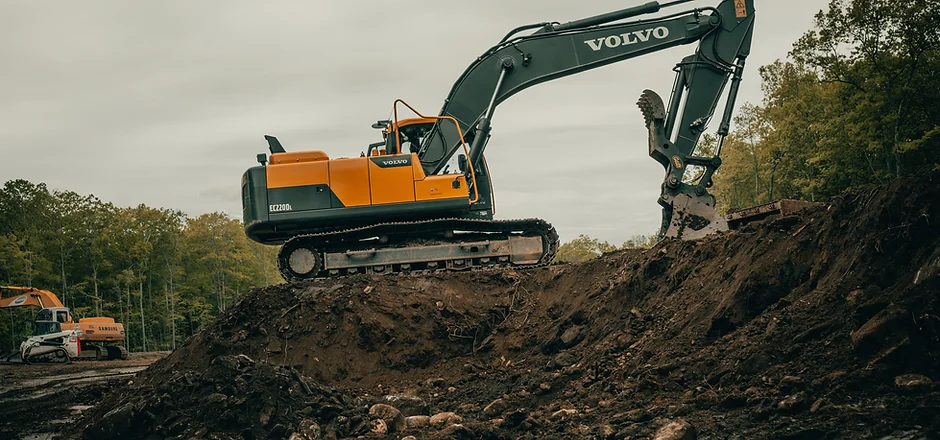Our services
Environmental Site Assessments
Environmental Site Assessments (ESAs) are most commonly required for real estate transactions and/or financing purposes of commercial or industrial properties.
Phase I ESA
A Phase I ESA involves a visit of the property, interviews with persons familiar with the property, review of research materials, and preparation of a report. The purpose of the Phase I ESA is to assess whether actual or potential environmental contamination is present at the subject site.
Phase II ESA
A Phase II ESA is more intrusive and requires collection of soil and/or groundwater samples from the subject property. Typically a drill rig or excavator will be required to collect the samples and a laboratory will analysis the samples.
Alexana specializes in completing ESAs in accordance with Canadian Standards Association Standards and Ontario Regulation 153/04, as required.


Record of Site Condition
Are you redeveloping a property in Ontario from commercial to residential use? Then you will require a Record of Site Condition (RSC). An RSC may also be a requirement of your building permit for certain municipalities.
According to O.Reg. 153/04, an RSC is required for any change in property use to a more sensitive use. For example, redeveloping a gas station into a condominium.
An RSC involves preparation of a Phase I ESA in accordance with O.Reg. 153/04. These reports are larger and longer than those reports used for due diligence purposes. Depending on the results of the Phase I ESA, a Phase II ESA may also be required.
Once the ESA reports are completed and the RSC filed, the MECP has 30 business days to review the file. RSCs often require a second submissions to be accepted.
Alexana specializes in Record of Site Conditons. We also have good relationships at the federal and municipal levels in Ontario.
Excess Soil
Do you need to remove soil as part of your construction project? Then you may be submit to Ontario Regulation 406/09. This regulation requires all excess soil to be sampled prior to shipping and tracked from project to disposal site.
Call us to help with your next project!


Remediation
When a Phase II ESA identifies soil and/or groundwater impacts on a property, one way to address the problem is through remediation.
Remediation can include one or more of excavation, injection, risk management and/or risk assessment.
Alexana’s experience has included complex contaminated soil and groundwater issues such as chlorinated compounds, offsite impacts, environmental sensitive sites, and various remedial techniques. These sites have included industrial, commercial, and residential developments.
Hydrogeological Impact Assessment
Alexana can help you address your projects hydrogeological requirements. We are experienced in the following:
· Development studies focused on excavation dewatering, long-term dewatering, water balances, infiltration assessments, water supply studies, septic system assessments, monitoring and mitigation plans, and environmental impact assessments.
· Water taking and discharge approval studies for Permit to Take Water applications, Environmental Activity and Sector Registry (EASR) submissions, and sewer discharge agreements.
· Contaminant migration studies, including the use of numerical modelling.
· Peer reviews and expert witness testimony.

©2022 by Alexana Engineering.

